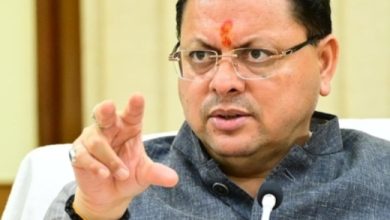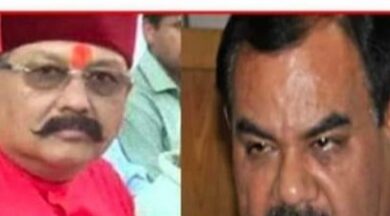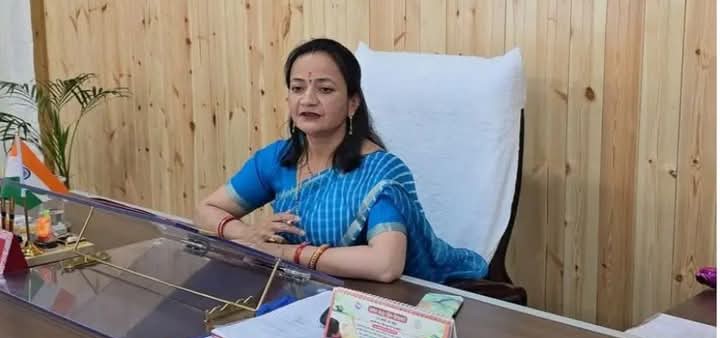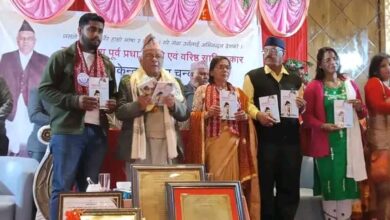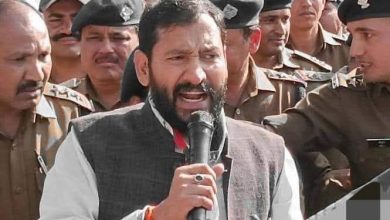Public Private Partnerships: The future of Affordable Housing in Uttarakhand
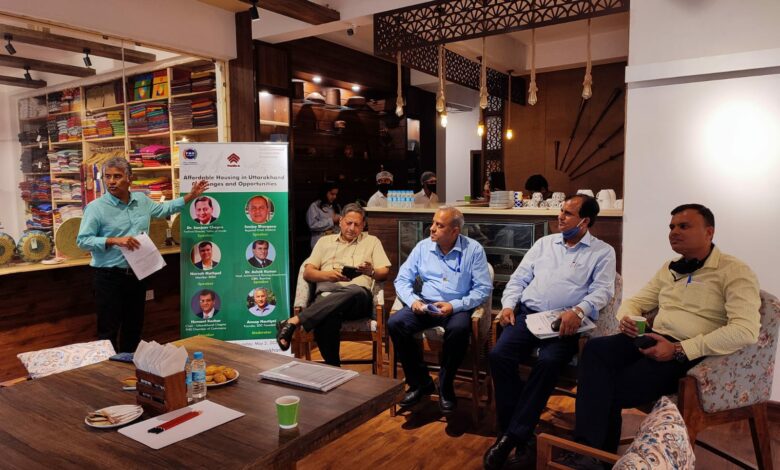
Dehradun
Housing and Urban Development Corporation Ltd.(HUDCO), SDC Foundation and PHD Chamber of Commerce recently hosted a dialogue on ‘Affordable Housing in Uttarakhand: Challenges and Opportunities’, involving experts from various sectors across the state. The agenda of the policy dialogue revolved around analysing the current situation of housing schemes in the state of Uttarakhand, especially focusing on the welfare of the urban poor. The common consensus was that boosting private sector participation holds the key and the state government needs to collaborate with various stakeholders and strategize the road map ahead, in order to meet the increasing demands of affordable housing in Uttarakhand.

This event was organized at VoW Cafe, Sahastradhara Road wherein the former Director of LBSNAA and Festival Director, VoW Dr. Sanjeev Chopra stressed on the need to provide affordable housing solutions, especially to the economically weaker sections of the society. He also talked about the shortcomings of the housing loans, offered by the prominent banks in the country, which only cater to the middle and higher income groups. These same banks deny loans to the lower income groups, citing unemployment and income tax returns as the reasons behind their policy. Dr. Chopra suggested that alternate strategies such as allotment of affordable housing on the basis of Equated Monthly Installment(EMI) could be worth exploring.

Sanjay Bhargava, Regional Chief of HUDCO, delved deeper into the issues of migration and unplanned urbanization in Uttarakhand and emphasized on the need to rehabilitate the inhabitants of the illegal squatter settlements that have mushroomed all across the state, within close proximity of their source of employment. He shed light on the Indian government’s welfare schemes and policies in the past 50 years and the reasons which lead to their failure, while also discussing HUDCO’s vision and contribution in making the common man’s dream to have his own house, a reality.

Dr. Ashok Kumar, Head of Architecture & Planning Department, CBRI Roorkee, explained how previous government schemes such as the Indira Awaas Yojna had a provision for a housing subsidy of Rs. 45000. However, a nationwide survey of 800 families across several districts was conducted in 2010 by CBRI Roorkee which exposed the harsh reality of the on-ground situation. A majority of these people didn’t own their own house and even the ones which were constructed were unfit for habitation, an outcome of substandard construction practices being undertaken by contractors to increase their profit margins. Dr. Kumar also highlighted the need to monitor land acquisition and sales strictly on the basis of circle rates, a gray area which has been severely exploited by the local land mafia, resulting in sky-rocketing land prices.
Hemant Kochhar, Chairman of PHD Chamber of Commerce-Uttarakhand Chapter, raised his concerns about the development of high-rise buildings and unchecked urban sprawl in the vulnerable and ecologically sensitive Himalayan region and the challenges that await the building institutions and city planners in the future. Naresh Mathpal, member RERA, shed light on the ongoing government welfare schemes, policies and their ground realities.
Anoop Nautiyal, founder of SDC Foundation who moderated the policy dialogue reiterated the housing challenges that Uttarakhand faces, further aggravated by an ever-increasing population and the constant influx of people into the plains from the hills in search of better employment opportunities, thus putting excessive pressure on the already saturated urban centers of the state. However, there is still light at the end of the tunnel as big companies and businesses from the private sector have shown interest in investing in Uttarakhand. Thus, Public-Private partnerships and interdisciplinary collaborations hold key to providing affordable housing solutions in Uttarakhand in the near future.
City based architects, entrepreneurs, environmental activists and several other citizens were present during the policy dialogue.

